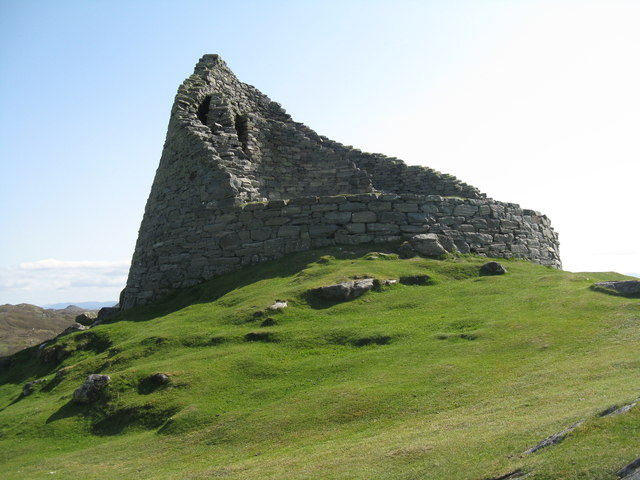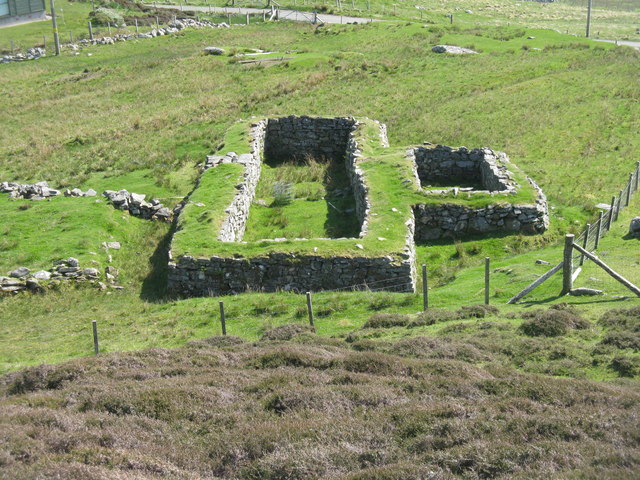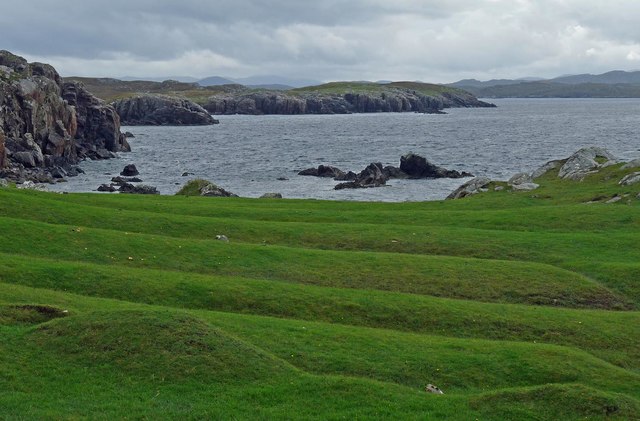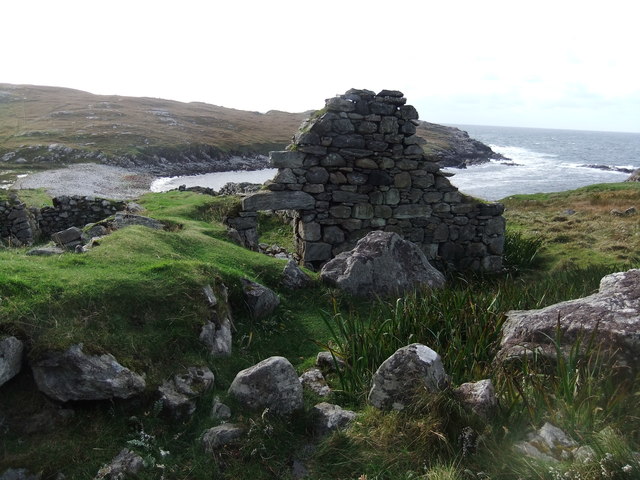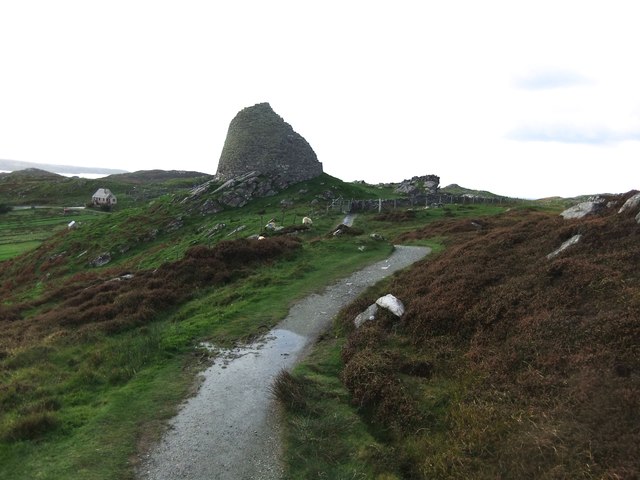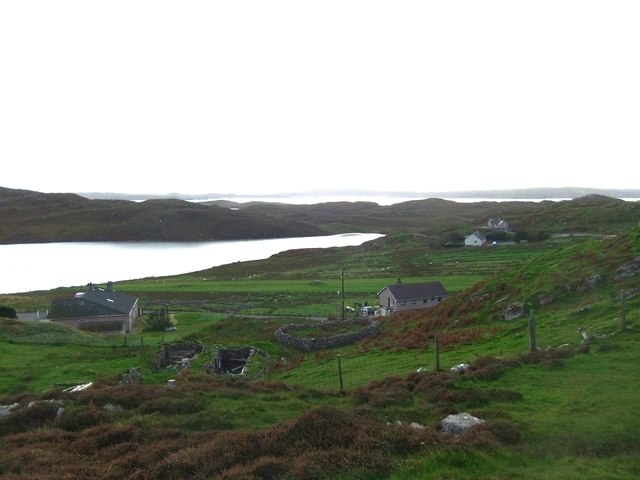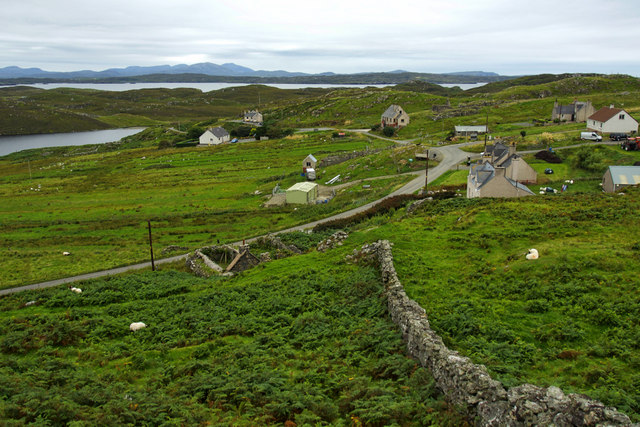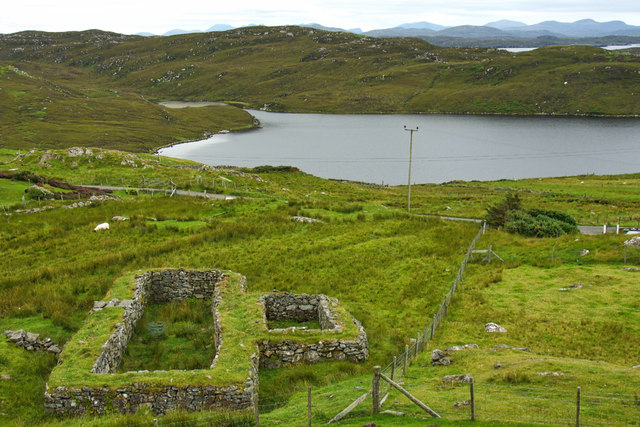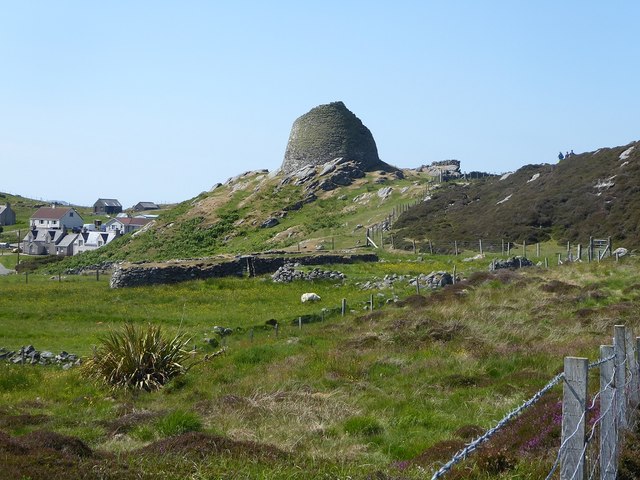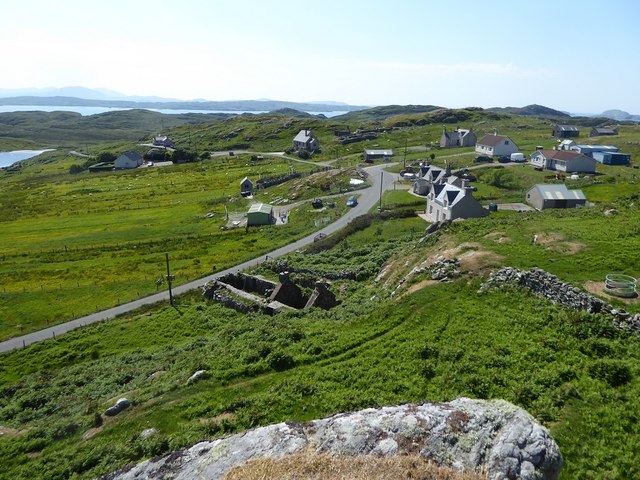Ben Laimishader
Hill, Mountain in Ross-shire
Scotland
Ben Laimishader
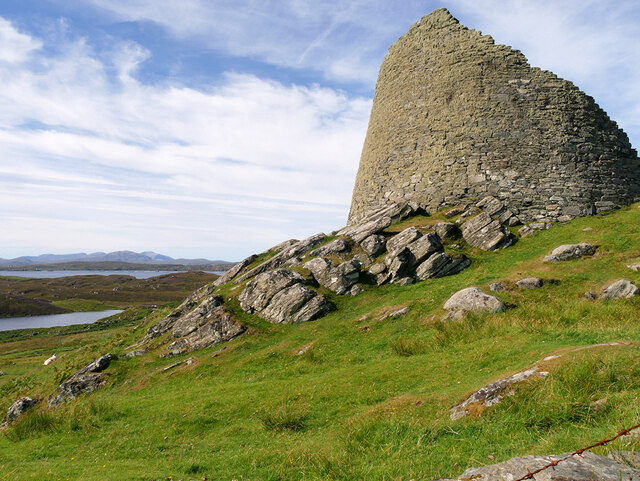
Ben Laimishader is a prominent hill located in Ross-shire, Scotland. It stands at an elevation of approximately 641 meters (2,103 feet) above sea level, making it a notable mountain in the region. The hill is situated within the broader Ben Wyvis range, which encompasses several other peaks and rugged landscapes.
Ben Laimishader is known for its distinctive shape and rugged appearance, with steep slopes and rocky terrain that provide a challenging ascent for hikers and mountaineers. The hill offers stunning panoramic views of the surrounding landscape, including nearby lochs, glens, and the picturesque Scottish Highlands.
The ascent to the summit of Ben Laimishader is a popular activity among outdoor enthusiasts, primarily during the summer months when the weather conditions are more favorable. The hill attracts both experienced climbers seeking a challenging climb and casual hikers looking to enjoy the natural beauty of the area.
Due to its location within the Ben Wyvis range, Ben Laimishader is part of the larger conservation area that aims to protect the unique flora and fauna found in the Scottish Highlands. The hill is home to a variety of plant species, including heather, mosses, and wildflowers, providing a diverse habitat for wildlife such as red deer, mountain hares, and various bird species.
Overall, Ben Laimishader offers a rewarding outdoor experience for those seeking adventure, natural beauty, and a glimpse into the breathtaking landscapes of Ross-shire, Scotland.
If you have any feedback on the listing, please let us know in the comments section below.
Ben Laimishader Images
Images are sourced within 2km of 58.282156/-6.813758 or Grid Reference NB1742. Thanks to Geograph Open Source API. All images are credited.

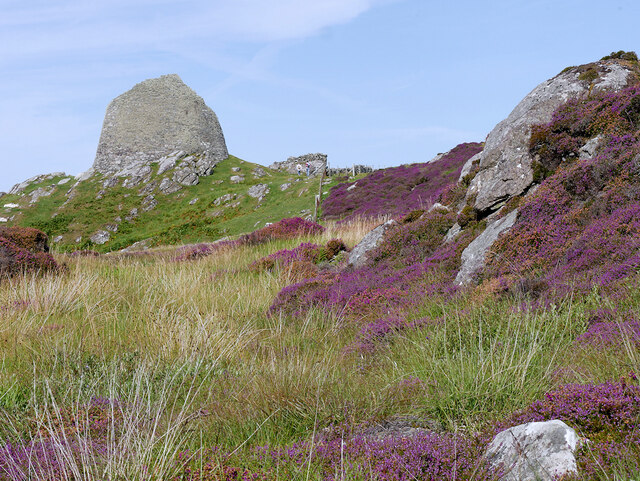
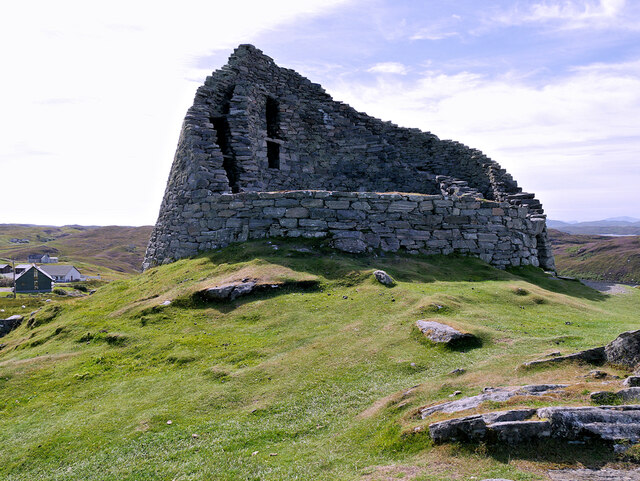
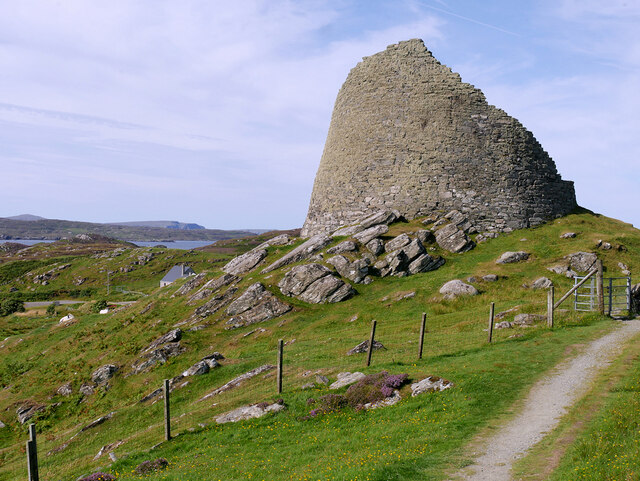
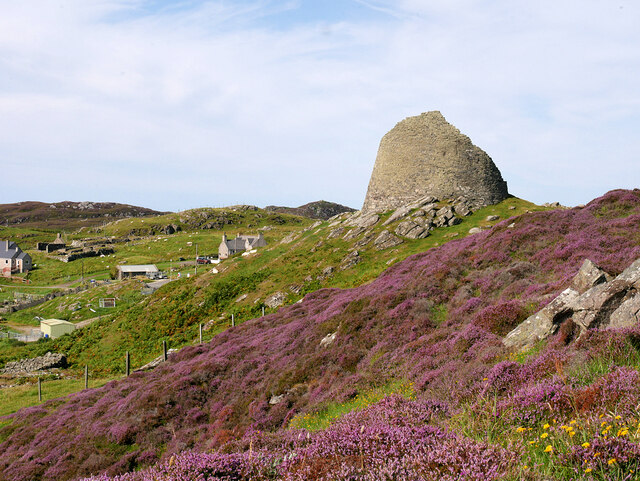
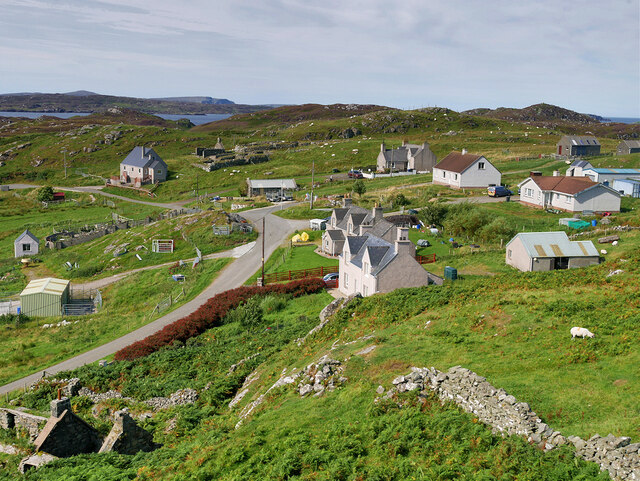
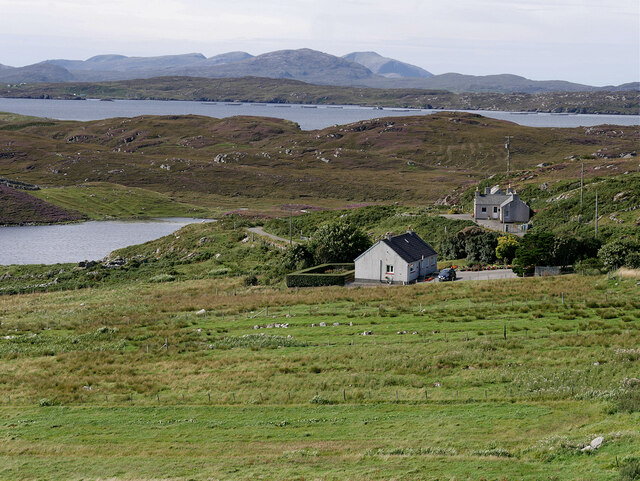
Ben Laimishader is located at Grid Ref: NB1742 (Lat: 58.282156, Lng: -6.813758)
Unitary Authority: Na h-Eileanan an Iar
Police Authority: Highlands and Islands
Also known as: Aird Laimishader
What 3 Words
///toasters.doing.senders. Near Carloway, Na h-Eileanan Siar
Related Wikis
Borrowston, Lewis
Borrowston (Scottish Gaelic: Borghastan), with a population of about 50, is a crofting township situated on the Isle of Lewis, on the Outer Hebrides of...
Dun Carloway
Dun Carloway (Scottish Gaelic: Dùn Chàrlabhaigh) is a broch situated in the district of Carloway, on the west coast of the Isle of Lewis, Scotland (grid...
Garenin
Garenin (Scottish Gaelic: Na Gearrannan) is a crofting township on the west coast of the Isle of Lewis in the Outer Hebrides of Scotland. Garenin is in...
Carloway
Carloway (Scottish Gaelic: Càrlabhagh [ˈkʰaːɾɫ̪ə.ɤː]) is a crofting township and a district on the west coast of the Isle of Lewis, in the Outer Hebrides...
Nearby Amenities
Located within 500m of 58.282156,-6.813758Have you been to Ben Laimishader?
Leave your review of Ben Laimishader below (or comments, questions and feedback).
